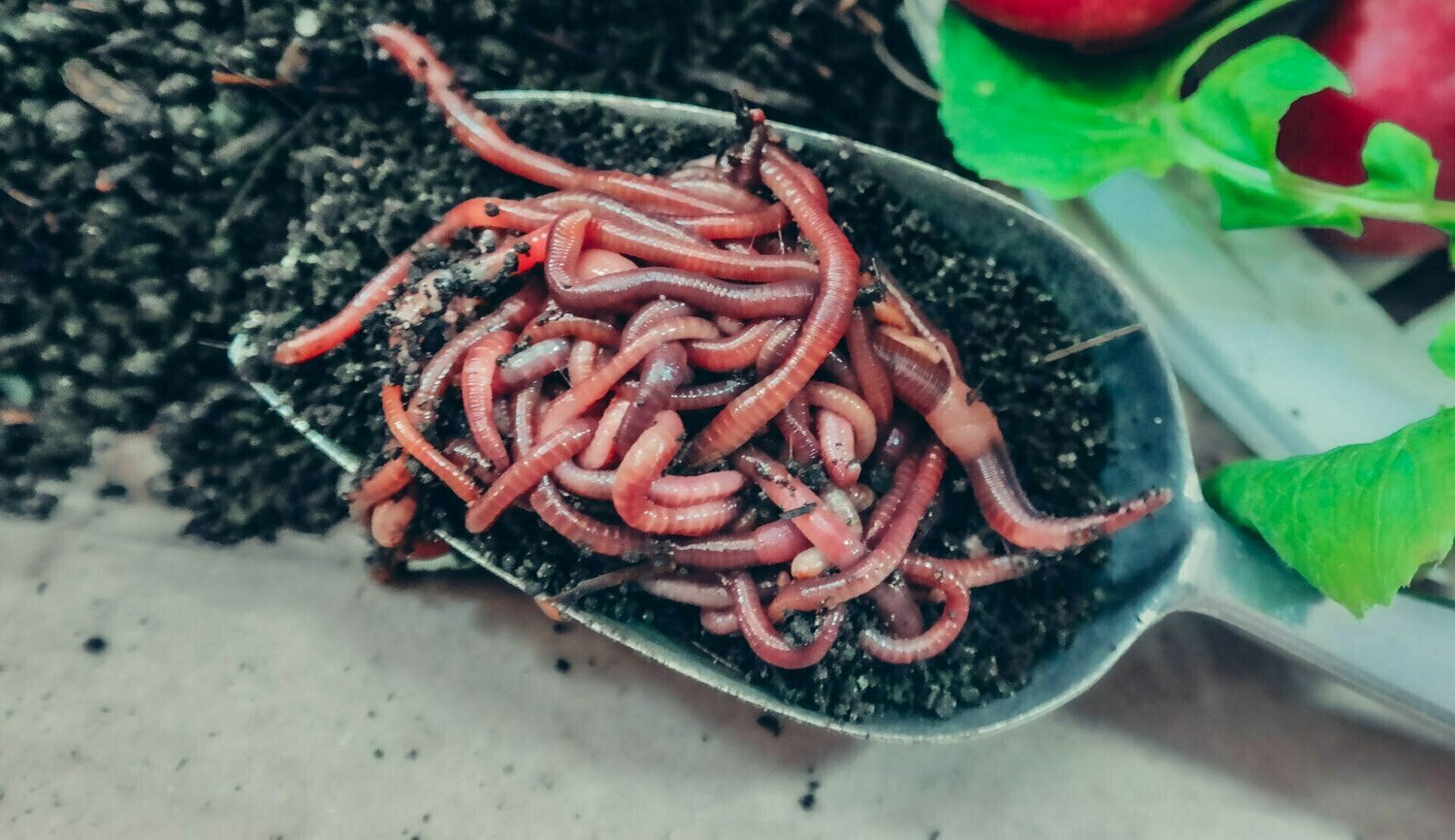Red Wiggler Worms Demystified: Unlocking the Secrets of Vermiculture for Greener Living and Nutrient-Rich Dirt
In the world of lasting practices for enriching soil quality and promoting eco-conscious living, red wiggler worms play a critical yet often forgotten function. Red Wiggler Worms. Recognizing the complexities of caring for these worms, maximizing their atmosphere, and harnessing their castings can lead to a greener way of living and healthier soil for plants to grow.
The Role of Red Wiggler Worms
Red Wiggler worms play an important duty in composting systems by efficiently breaking down raw material into nutrient-rich spreadings. These starved eaters eat a range of natural products, such as kitchen scraps, lawn waste, and paper items. As they feed, the worms' gastrointestinal processes break down the raw material right into a fine, dark, and nutrient-dense material referred to as worm spreadings or vermicompost.
The spreadings produced by Red Wiggler worms are highly advantageous for dirt wellness and plant development. They are abundant in vital nutrients like phosphorus, nitrogen, and potassium, which are essential for supporting healthy and balanced plant growth. In addition, worm spreadings have beneficial microbes and enzymes that aid improve soil framework, rise water retention, and boost nutrient uptake by plants.
Benefits of Vermicomposting

It boosts soil structure, boosts dirt aeration, and boosts dirt moisture retention. Vermicompost likewise improves the dirt with essential nutrients like nitrogen, potassium, and phosphorus, promoting plant development and total dirt fertility.
Additionally, vermicomposting supports sustainable gardening techniques by providing a natural and chemical-free option to synthetic plant foods. Red Wiggler Worms. This eco-friendly method not only enhances the soil but likewise helps in reducing dependence on unsafe chemicals, promoting a greener and much more sustainable means of gardening
Setting Up a Worm Container
When developing a worm bin for vermicomposting, appropriate setup is crucial to guarantee the success of the composting procedure. The very first step in establishing a worm container is choosing an appropriate container. This can be a plastic bin or wooden box that gives adequate room for the worms to relocate about and has correct drain holes to avoid waterlogging. Next, a bedding material such as shredded paper, cardboard, or coconut coir must be included to the bin. This bed linen supplies a comfortable environment for the worms and helps keep wetness levels.
After including the bed linen, introduce the red wiggler worms to the bin. The worms should then be offered with food scraps such as fruit and veggie peels, coffee premises, and eggshells.
On a find more info regular basis keep an eye on the dampness degrees and temperature in the worm container to make certain optimal problems for the worms. With proper arrangement and maintenance, the worm container will efficiently convert natural waste right into nutrient-rich garden compost for your plants and garden.
Collecting Worm Castings
To successfully collect nutrient-rich worm castings from your vermicomposting system, an organized harvesting method is vital. There are a couple of vital steps to follow to make sure an effective procedure when it comes time to harvest the worm spreadings. Stop including fresh food scraps to one side of the worm bin for a couple of weeks before gathering. This urges the worms to migrate to the side with fresh bed linen and food, making it less complicated to scoop out the castings from the other side.

Troubleshooting Common Issues
Determining and attending to usual obstacles that might develop during the vermicomposting process is essential for maintaining a productive and healthy and balanced worm container. One typical issue that vermicomposters experience is overfeeding. Including excess food scraps see this site can cause an accumulation of wetness and acidity in the worm container, potentially harming the worms. To stop this, feed the worms in small amounts, making sure that the food scraps are effectively damaged down before including a lot more. One more issue is undesirable odors rising from the worm container. Foul smells show anaerobic problems, usually brought on by overwatering or poor air flow. To treat this, readjust the moisture degrees by including dry bed linens materials like shredded paper or cardboard and rise aeration by transforming the bed linen frequently.
Furthermore, if the worm populace is declining or the worms appear harmful, it might be as a result of environmental stressors such as severe temperature levels or pH levels. Monitoring these click for info aspects and making necessary modifications is essential for the wellness of the worms. By repairing these usual issues immediately, vermicomposters can ensure a smooth and successful vermicomposting procedure while maintaining a flourishing worm population.

Final Thought
In final thought, red wiggler worms play a vital function in vermiculture by breaking down raw material right into nutrient-rich dirt. The benefits of vermiculture include greener living and improved dirt top quality. Establishing up a worm bin is necessary for effective vermiculture, and gathering worm castings provides valuable garden compost for gardening. By understanding and troubleshooting usual concerns, people can unlock the secrets of vermiculture for lasting living and much healthier soil.
As they feed, the worms' digestion procedures damage down the organic issue right into a fine, dark, and nutrient-dense material known as worm spreadings or vermicompost.
The castings generated by Red Wiggler worms are extremely advantageous for dirt health and wellness and plant growth. Including excess food scraps can lead to an accumulation of moisture and level of acidity in the worm bin, possibly harming the worms.In addition, if the worm population is decreasing or the worms appear harmful, it might be due to ecological stressors such as severe temperatures or pH degrees. Establishing up a worm bin is important for effective vermiculture, and harvesting worm spreadings provides useful compost for gardening.